Since the 1990s, fiber optic cabling has been the standard for the backbones of commercial and industrial networks. However, most of the fiber running beneath floors, above ceiling tiles, and below pavement or ground is commonly referred to as ‘legacy multimode fiber,’ and it’s struggling to meet today’s bandwidth needs.
When multimode fiber solutions first came on the scene, they were seen as a less expensive alternative to higher-performing singlemode fiber solutions — and fully capable of meeting the bandwidth requirements of the time. But the proliferation of connected devices, cloud services, and cutting-edge technologies now in use has created a need for more bandwidth than legacy multimode fiber can deliver.
How to Overcome Multimode Fiber Bandwidth Limitations
Modal dispersion is the phenomenon that causes bandwidth degradation in multimode fiber. A common approach to solving this problem involves ripping out multimode fiber and replacing it with singlemode fiber. This process is labor-intensive, can cause significant disruption to business activities, and sometimes requires highly invasive work such as tearing out ceiling tiles or even digging trenches.
Other approaches, such as using mode conditioning patch cords, can help to reduce modal dispersion, but not enough to meet modern bandwidth needs. Panduit OneModeTM, which was developed by Panduit in partnership with French deep technology company, Cailabs, is a passive media converter that fully eliminates modal dispersion. The result? Legacy multimode fiber that performs like singlemode fiber.
Four Scenarios Where the Need to Rip and Replace is No longer the Case
OneMode is a faster, more economical, and non-disruptive approach for solving network backbone bandwidth problems. OneMode is not just easy to install — it requires no maintenance and can extend life of multimode fiber up to another 20 years.
Where the innovative technology inside OneMode really shines strong is in situations where ripping and replacing legacy multimode fiber simply isn’t an option due to the cost or complexity involved. Here are four of those scenarios:
#1. When budget constraints rival bandwidth constraints
For school districts, local governments and even many businesses wrestling with budget constraints, figuring out how to solve network backbone bandwidth problems can be particularly challenging.
Take K-12 schools, for example, where video teaching is as common as video conferencing is in the business world. In addition, students also are now using more connected devices than ever before, and accessing more digital learning programs than ever befo
For organizations that can’t afford the installation and equipment costs involved in replacing their fiber backbone, OneMode scores top marks. It’s an ideal way to solve network backbone bandwidth problems without breaking the budget. In most situations, organizations save 40% to 60%, if not more.
#2. When non-intrusive installation is non-negotiable
Hospitals and similar organizations with facilities where sanitation is essential can’t have dirt and debris scattered about, which can easily happen if ceiling tiles need to be removed in order to rip and replace multimode fiber. Nor can they have installation crews working in examination rooms where patients are receiving care.
Outdoor fiber cabling extends networks to other buildings in the campus, or to connect to parking lot surveillance cameras. In this situation, tearing up the entrance to the emergency room, for example, would be problematic to say the least.
With OneMode, there is no disruptive construction required to upgrade the fiber backbone. In fact, all that is required for installation is access to a rack inside the telecom closet.
#3. When minimal downtime is mandatory
In an increasingly digital world, shutting down the network to upgrade the bandwidth means rendering all connected devices inoperable and stopping critical business functions, which few if any organizations would find acceptable.
Banks are a prime example. Oftentimes their network extends from a headquarters location to multiple branch locations, and the cash-distributing (and revenue generating) ATMs located in those branches must be operational for the majority of the day. As a result, any maintenance that results in outages must be strategically scheduled and managed in order to minimize business impact.
This is another scenario where OneMode shines strong. OneMode can be installed in far less time than ripping and replacing fiber cables requires, and can be done during off hours when core business services aren’t in demand.
#4. When legacy cabling can’t be removed
An inherent risk of ripping and replacing cabling is the unforeseen problems that can materialize during the installation process. What seems like a relatively simply project at first can easily morph into one that is so costly and complex that it becomes all but impossible to pursue (think asbestos remediation, or fiber that can’t be removed because tar has seeped into the conduit and taken hold of it). At this point, the project could be several days underway, with no end in sight.
With OneMode, backbone upgrades are IT-only initiatives. There is no need to disrupt existing backbone deployments or trench additional locations in which to deploy new fiber.
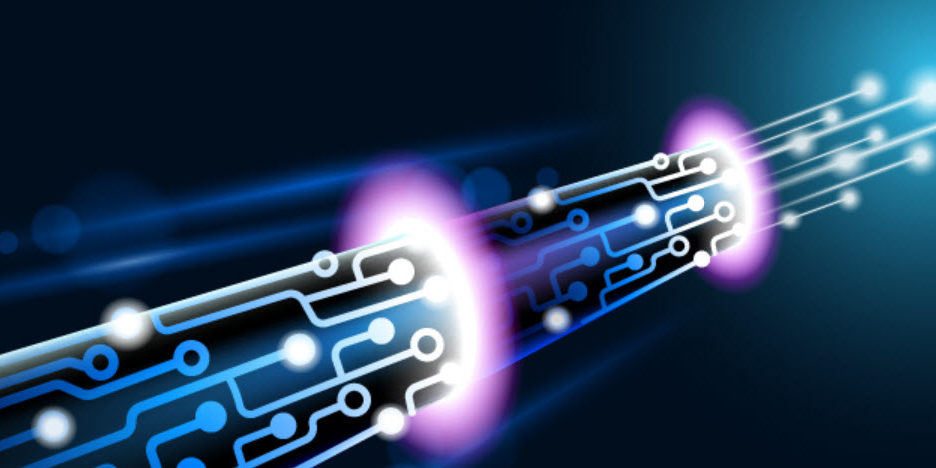











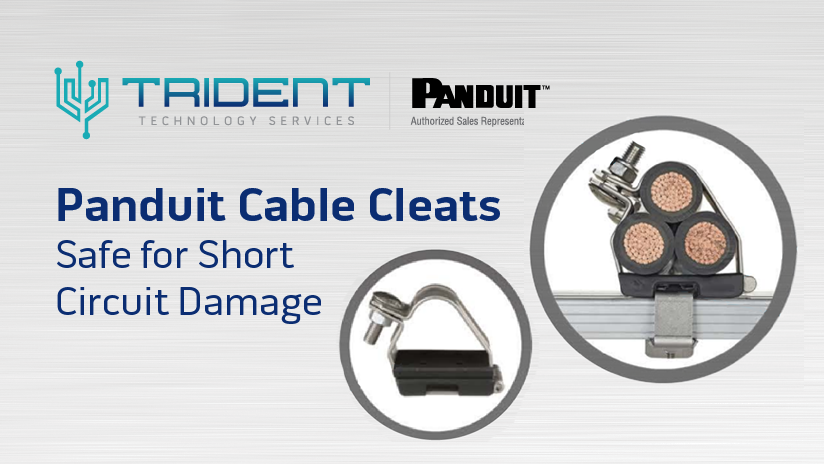
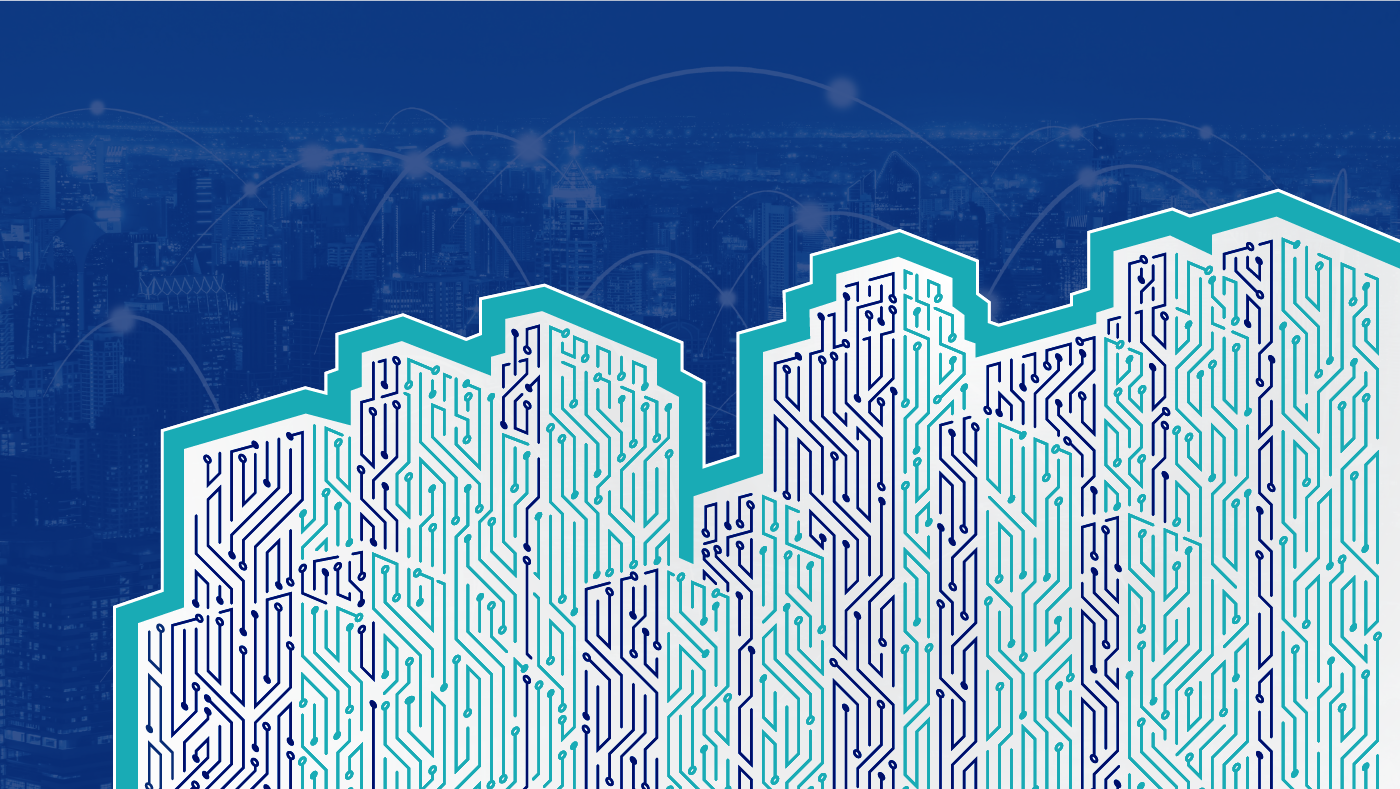

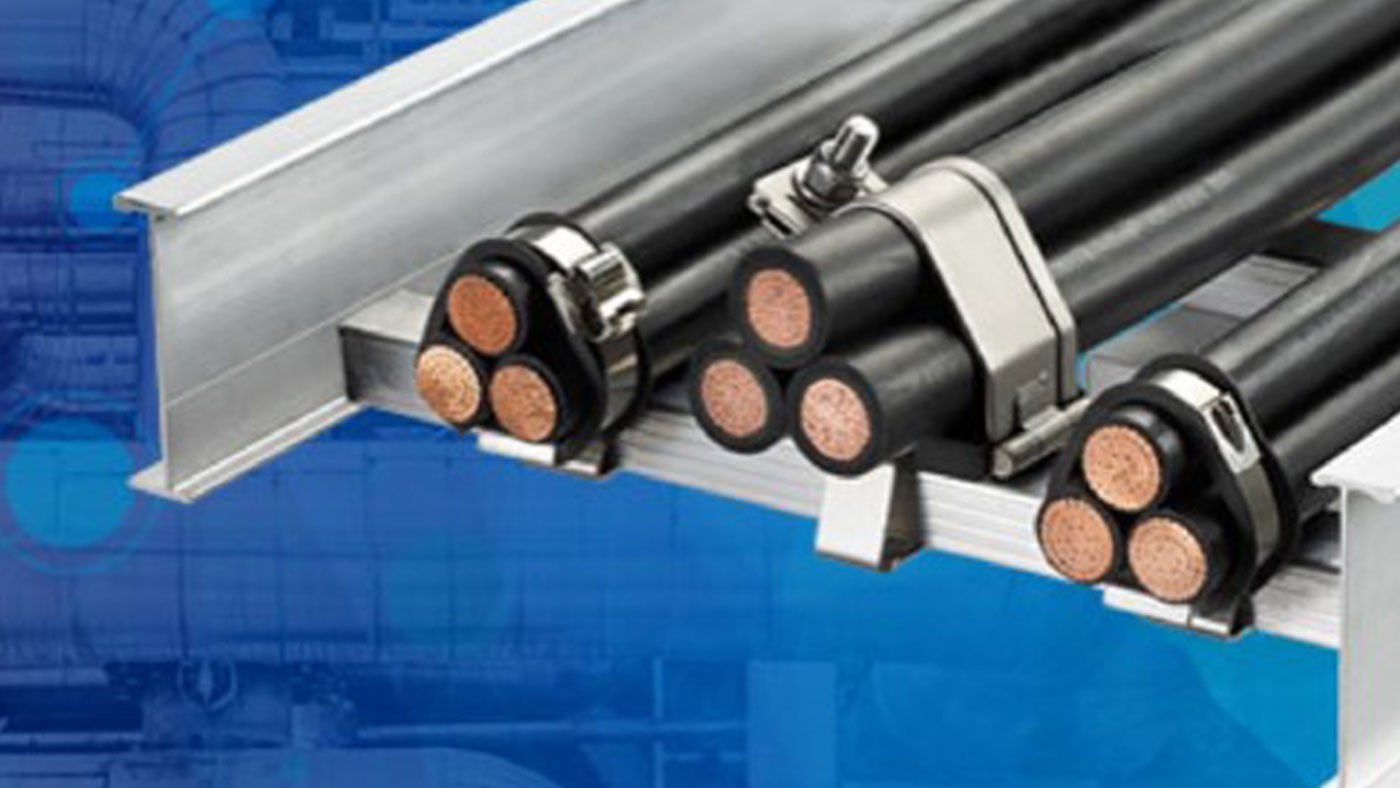




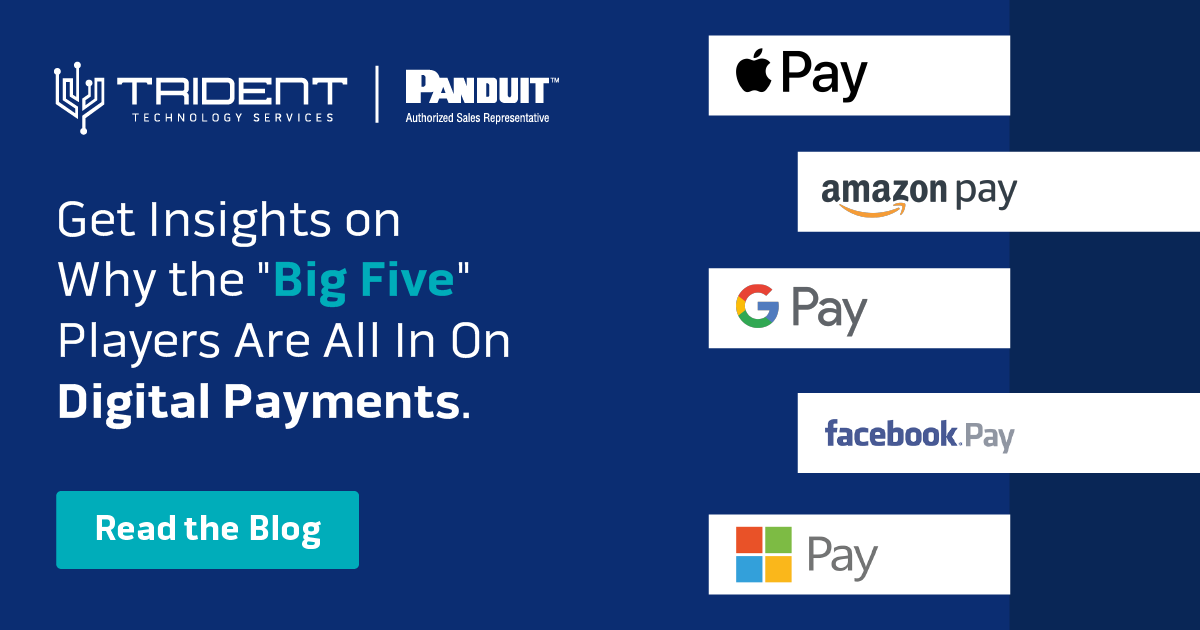
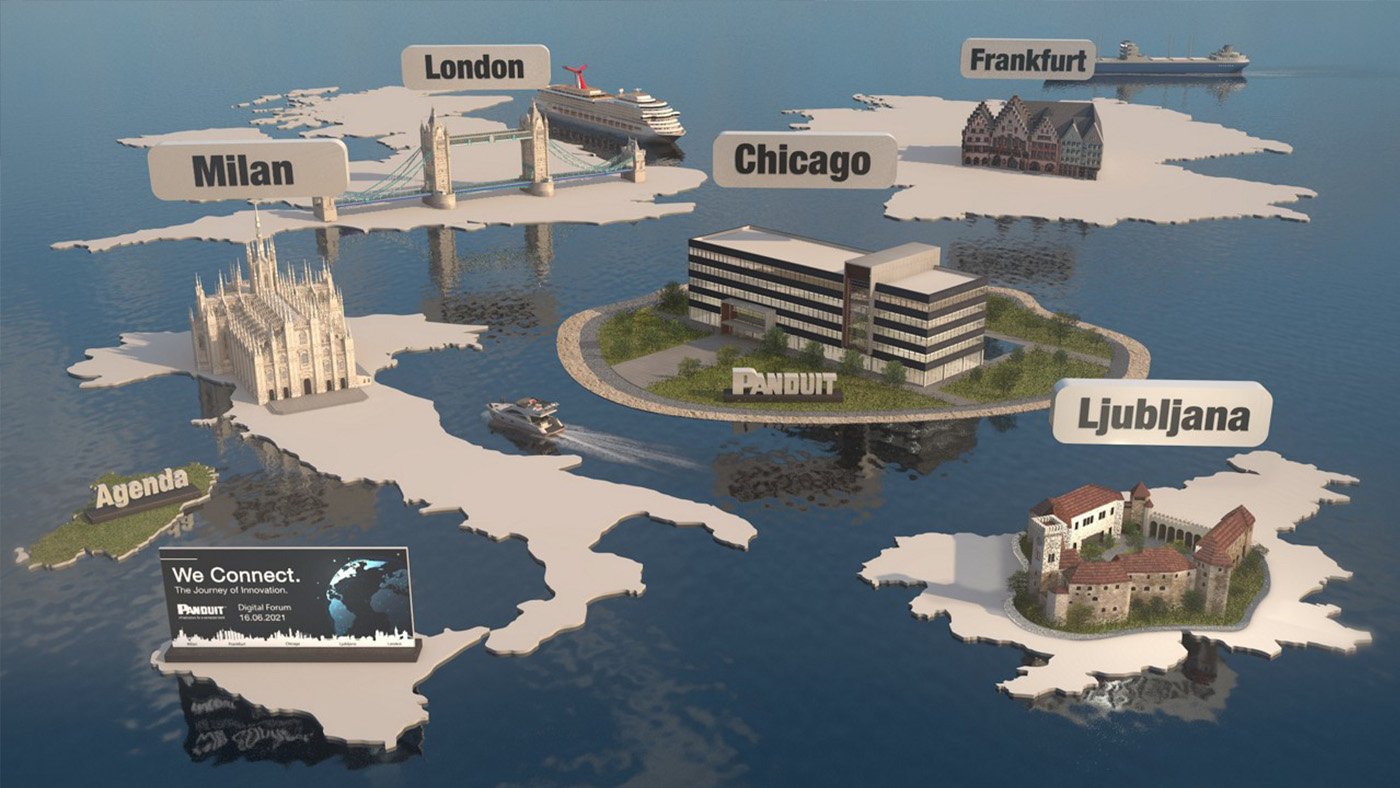
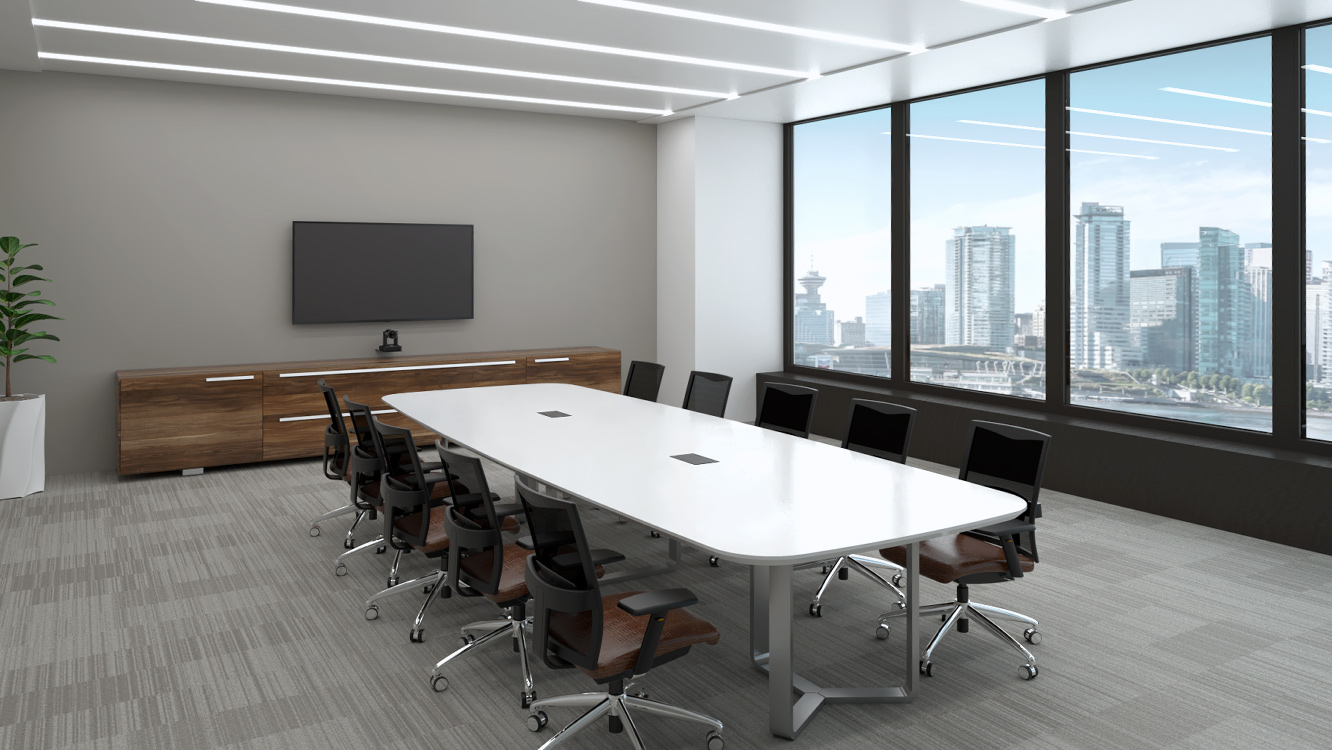



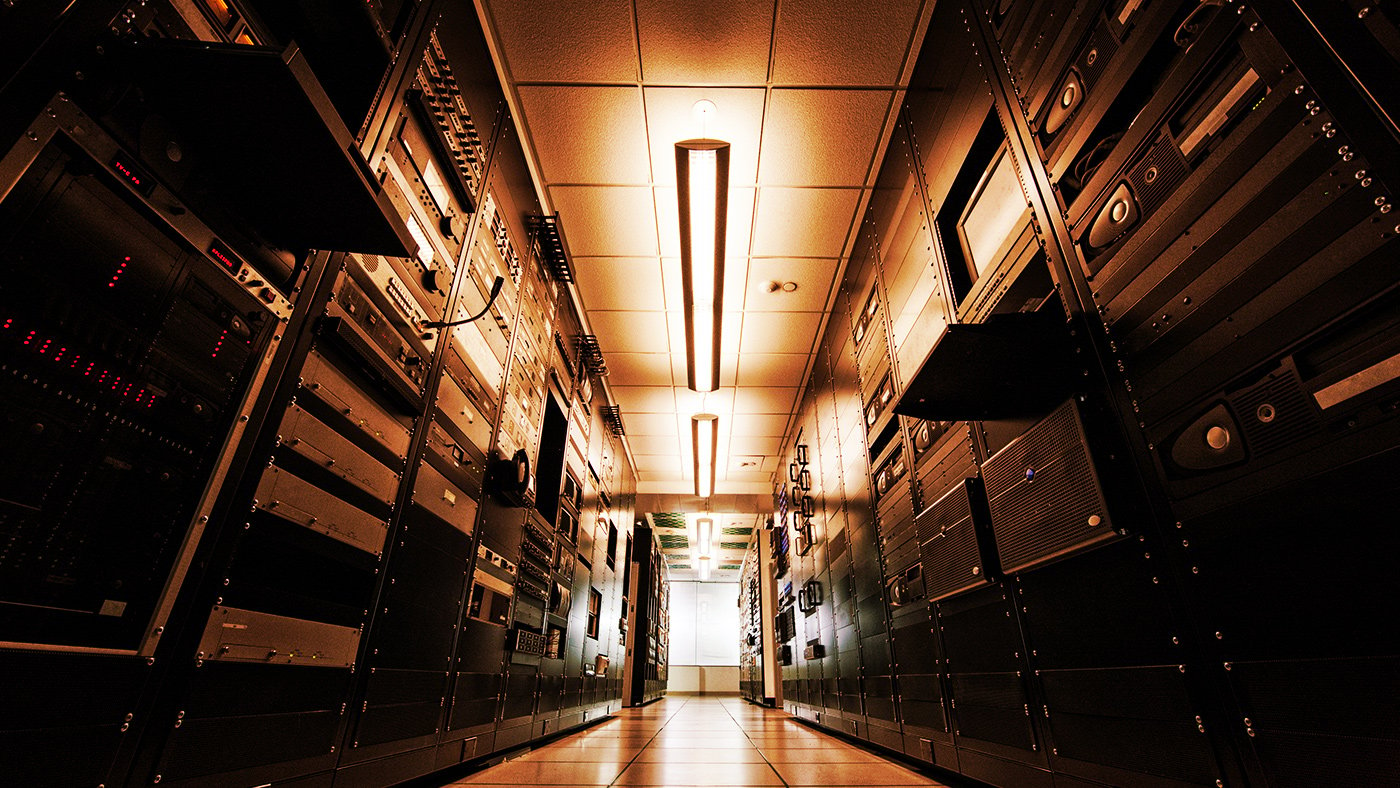
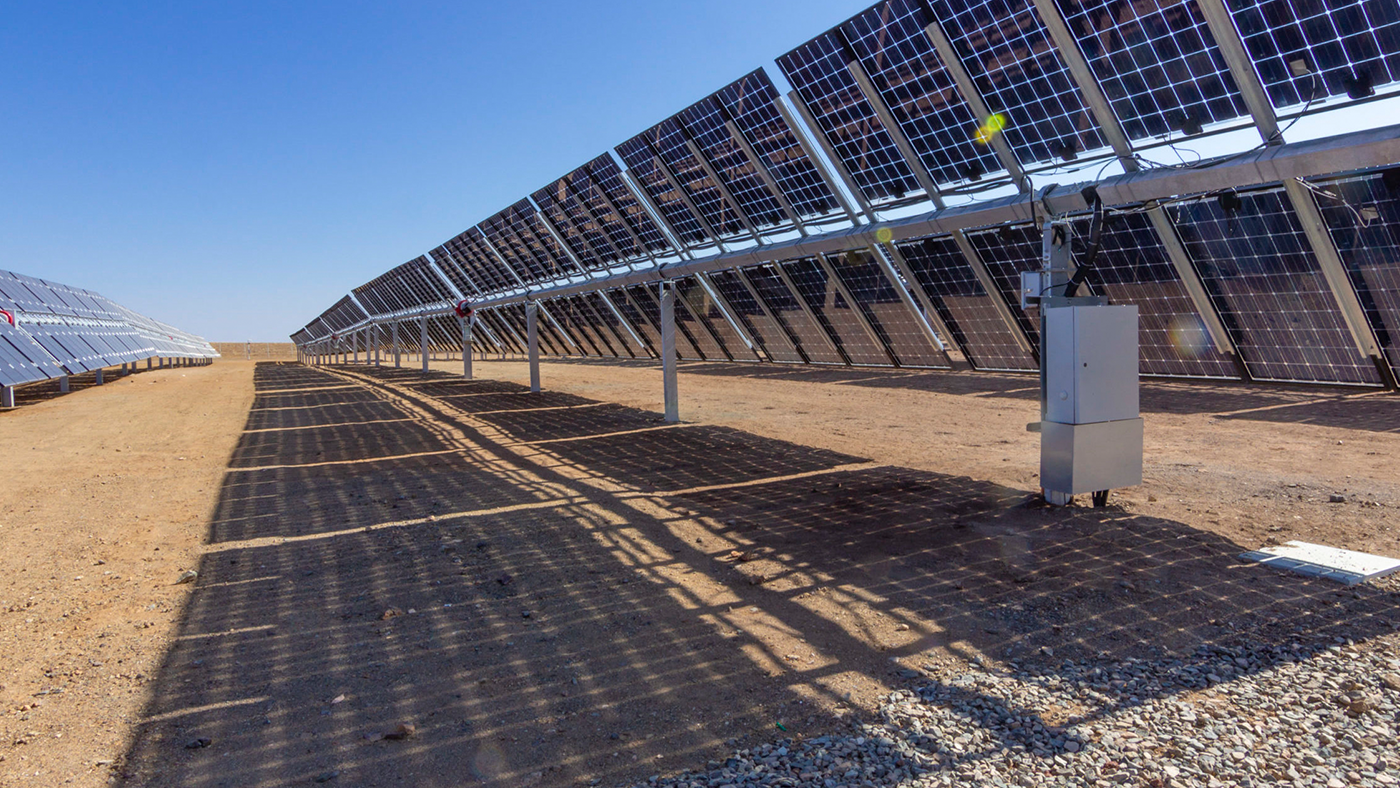





 Back
Back